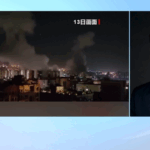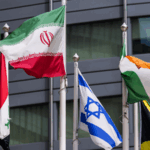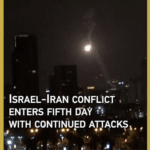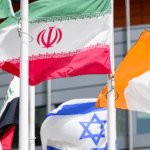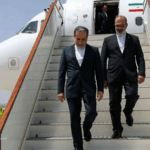In the digital age, misinformation spreads faster than missiles. Fact Hunter’s latest investigation into the recent Israel-Iran conflict reveals how AI-generated content and recycled footage fueled panic and distorted reality. Let’s break down what’s real vs. what’s manufactured. 💻🔍
The Digital Battleground
Over 10,000 social media comments were analyzed using AI tools and human fact-checkers. The result? A chilling mix of weaponized videos, fake quotes, and recycled war clips designed to manipulate emotions. Think Black Mirror, but real life. 😱
Early Conflict: Twisted Truths
When Israel struck Iran’s nuclear facilities in June 2025, a doctored video of PM Netanyahu threatening Pakistan went viral. Spoiler: It was fake. Real footage + fake audio = chaos. Fact Hunter’s team confirmed the clip’s edits using timestamp analysis and cross-platform verification.
Escalation: AI Joins the Fight
As tensions grew, so did the lies:
- Recycled Clips: Old Ukraine war footage repackaged as "Israeli strikes."
- AI-Generated Drama: A fake Tel Aviv attack video, complete with synthetic explosions.
- Mislabeled Mishaps: A 2018 U.S. jet crash rebranded as an Israeli plane downed by Iran. 🛩️💥
BBC Verify and DW confirmed these tactics were used by both sides to inflame public sentiment.
Why It Matters
With 42% of early social posts containing errors, Fact Hunter’s hybrid AI-human approach highlights a urgent need: critical thinking in the TikTok era. As one analyst put it: "Truth is the first casualty of war – now it’s being digitally resurrected."
Reference(s):
Fact Hunter: What's real in Israel-Iran conflict? What's manufactured?
cgtn.com

